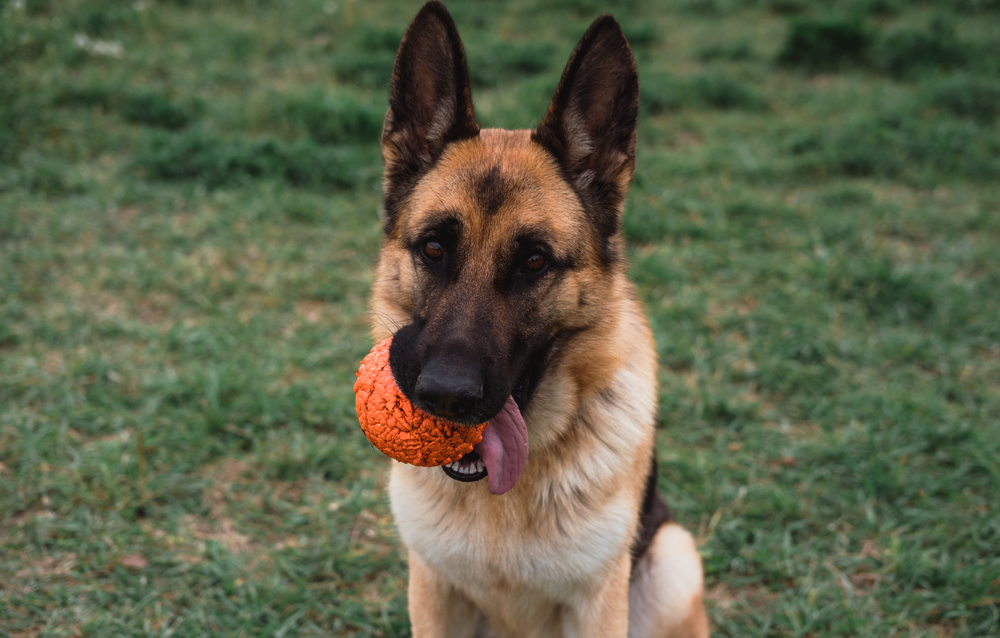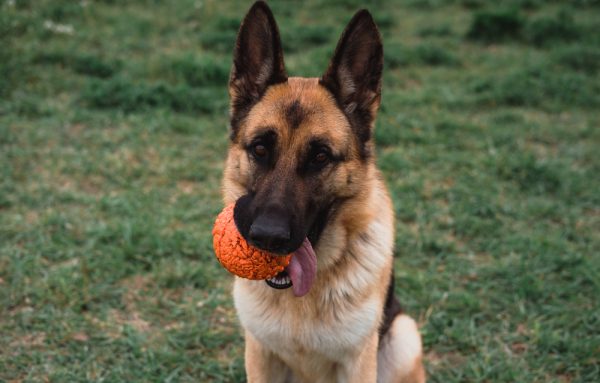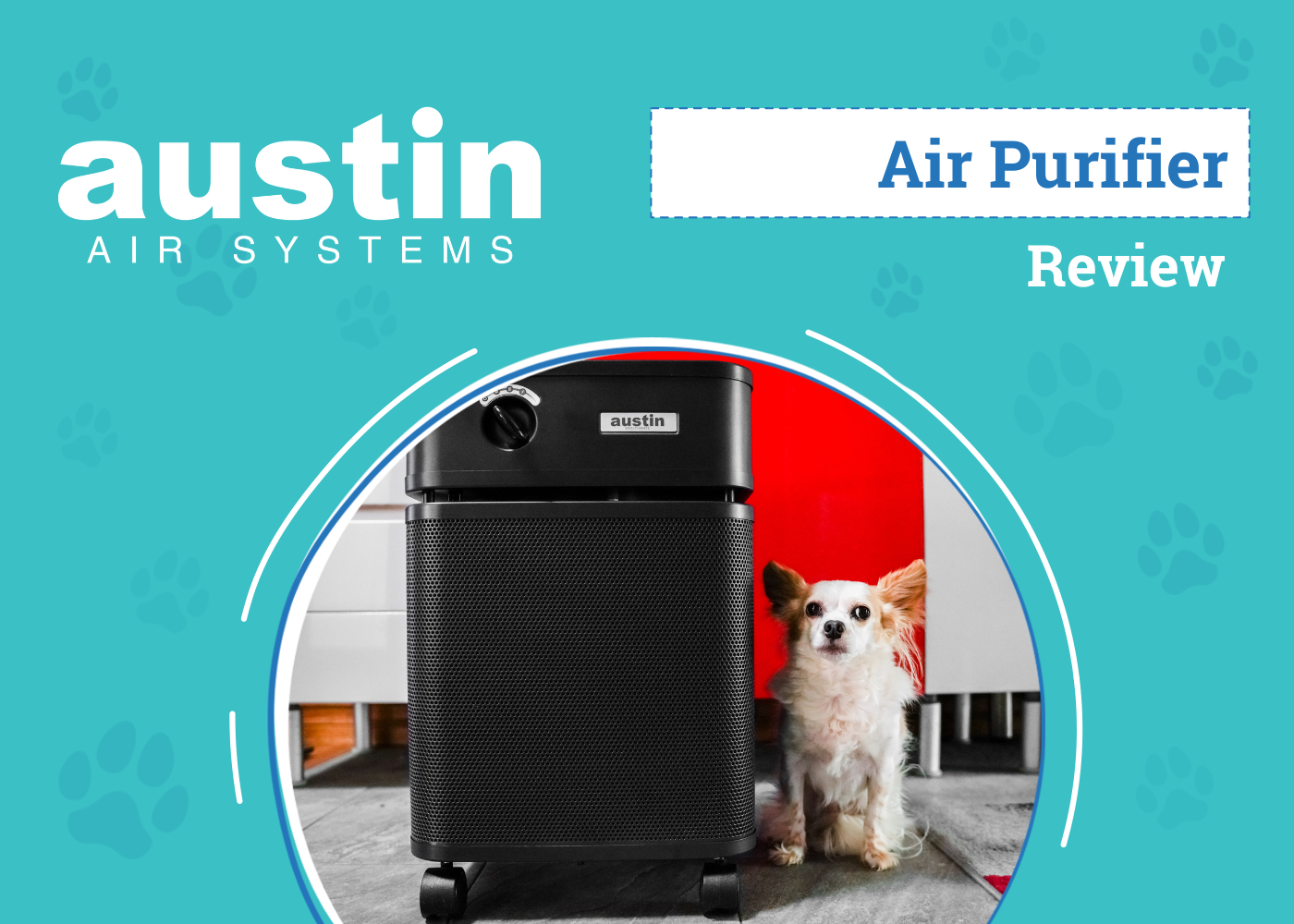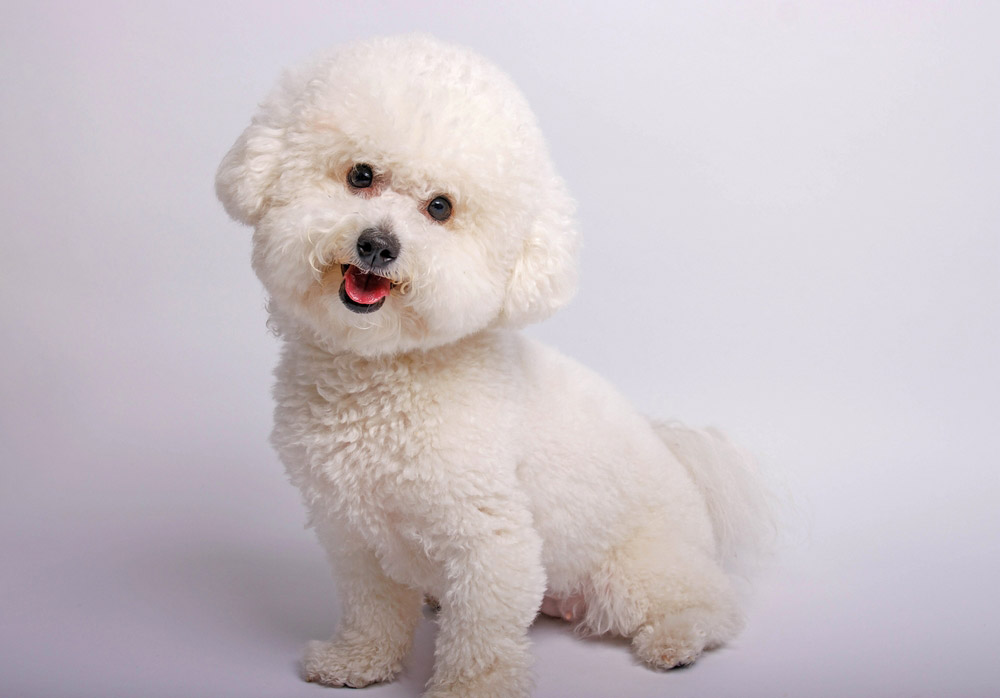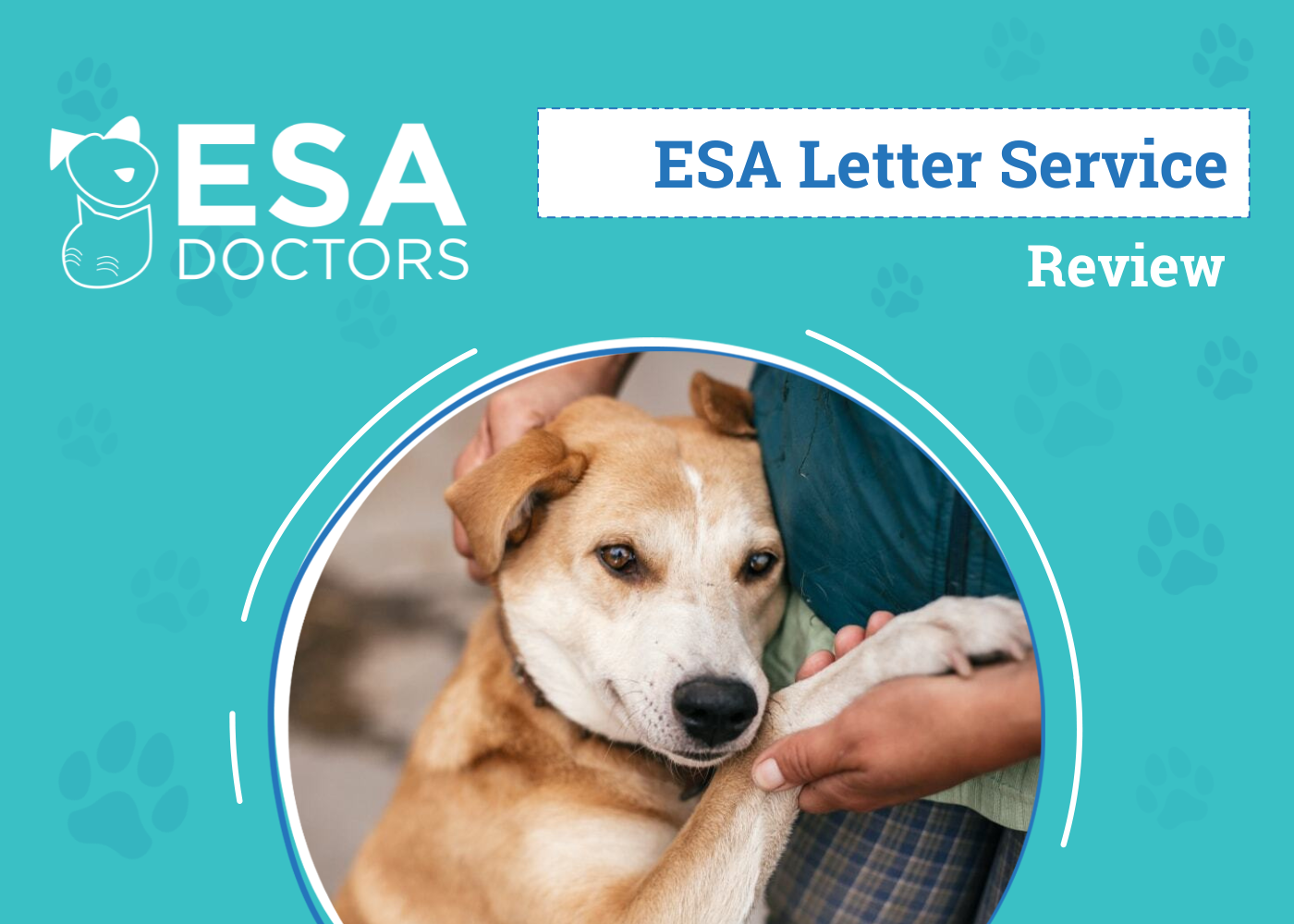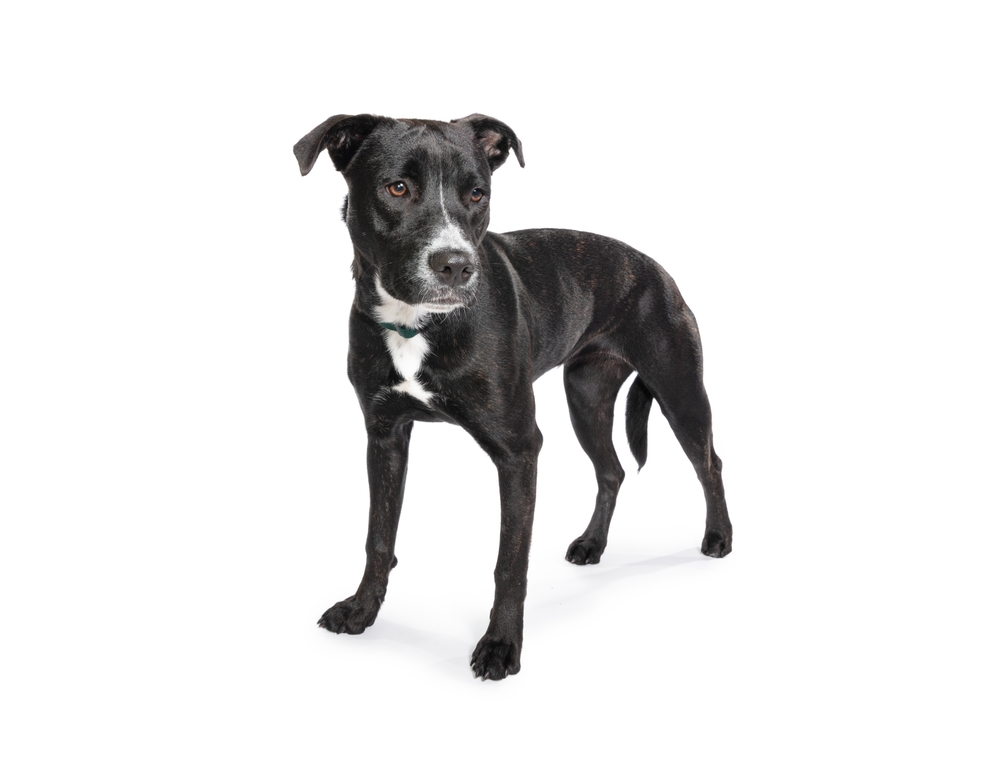Click to Skip Ahead
The remedy is purchasing durable dog toys. But how do you know which toys are the most durable? Before we look at what you should consider when choosing durable dog toys, you should know that, unfortunately, no dog toy is truly indestructible. Given enough time, your dog will eventually destroy its toys. But choosing durable dog toys means the toys they have last much longer, so you don’t have to replace them as often.
Here’s what you should consider when choosing durable dog toys!

How to Choose Durable Dog Toys
1. Type of Toy
What type of toy you get for your dog will depend largely upon what kind of toy they most enjoy playing with, as well as what toy type is best suited for them. After all, if you have a dog who’s a heavy chewer, you wouldn’t get them a stuffed toy they could rip to pieces in seconds. Just like you wouldn’t get a chew toy for a dog who prefers tug toys. So, figure out what toys your dog loves playing with and what type will last the longest for him.
There are many types of toys available, which include:
- Chew Toys
Our pups love to chew on things; it’s a natural instinct. By giving them chew toys, you can quell their urge to chew on your things instead. Some dogs are heavier chewers than others, though, so it seems as if even the toughest of chew toys are easily destroyed by them. If your pup is a heavy chewer, you want to stick with toys made of more durable materials, like hard rubber or nylon, instead of stuffed toys. Those stuffed toys won’t only be ripped apart quickly; if they have a squeaker and your dog swallows it, it becomes a choking hazard or could cause an obstruction in the intestines. We like the KONG Extreme Dog Toy for heavy chewers because it holds up extremely well!
- Fetching Toys
Some canines love the thrill of the chase, so things they can run after and catch are more likely to entertain than a chew or tug toy. Balls and frisbees are probably your best bets for fetching toys, but not all balls and frisbees hold up well to a dog’s teeth. If you’re looking for a durable ball that will keep your pup entertained for a long time, we recommend Chuckit! Ultra Rubber Ball Tough Dog Toy because it survives even the most destructive jaws. For those who prefer a frisbee, we recommend Petstages Orka Flyer Tough Dog Toy, which is designed to be heavy-duty and does well with even heavy chewers.
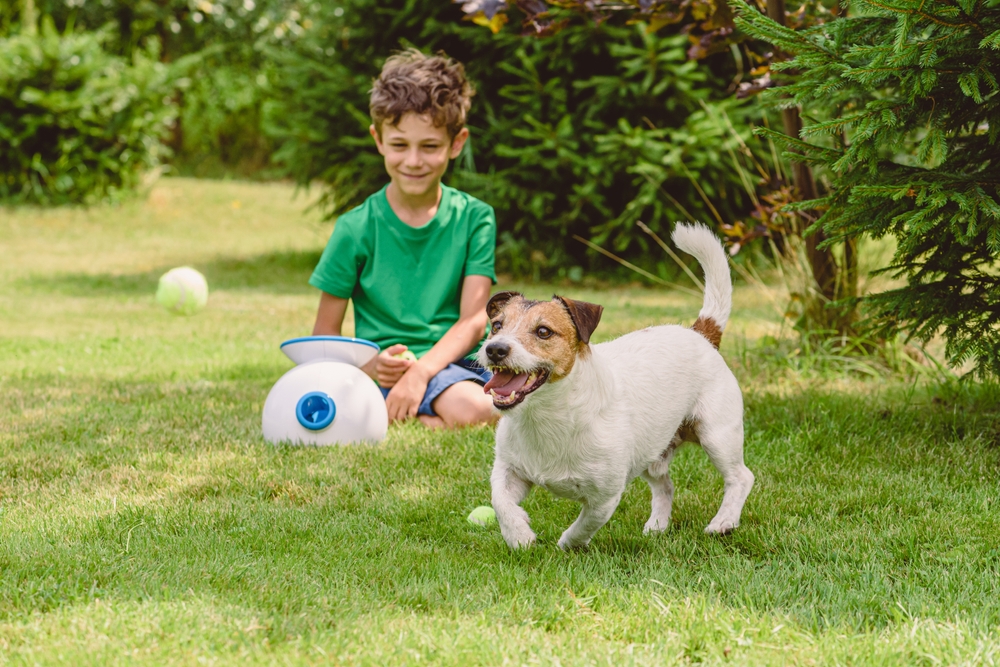
- Tug Toys
Does your canine companion adore a good game of tug-of-war? Then, you’ll probably want to invest in some highly durable rope toys. Rope toys, in general, tend to be fairly durable, but this isn’t always the case, and some don’t stand up to heavy chewers. And if your dog is a heavy chewer, you need to watch them carefully with any rope toy, as they could consume some of the rope, which has the potential to cause a gastrointestinal blockage. If your pup won’t try to eat the rope, though, you should consider the Pacific Pups Rescue Knotted Rope Tug Dog Toy, which can withstand some chewing and a lot of tugging.
- Interactive Toys
Interactive toys, such as puzzle toys that dispense treats, are fantastic for smart pups who need lots of mental stimulation and those dogs who are home alone while their owners are at work or school. This type of toy provides plenty of entertainment for a dog, so they don’t become bored and turn to destructive tendencies. Plus, what dog doesn’t enjoy getting treats? Interactive toys are also fantastic for dogs who love to use their noses. The KONG! Wobbler Dog Toy is a particularly durable puzzle toy that holds up to strong chewers and offers fun at treat and meal times.
- Comfort Toys
If you’re looking for durability, comfort toys aren’t the way to go, as these toys are soft, plush, and often stuffed. This type of toy doesn’t last very long with canines who are heavy chewers or more destructive. However, they can help a dog feel more secure, especially when anxious, so you might want to have one or two on hand. You can find soft toys that are a bit more durable than most, like the GoDog Furballz Chew Guard Squeaky Plush Dog Toy. This toy won’t hold up to heavy chewers, but it is sturdy and can last longer than other soft toys. Just supervise your dog while they are playing with it to ensure they don’t pull out the squeaker and eat it!

2. Materials Used
The next most important consideration is the kind of materials used to make a toy. Some materials will be much more durable than others; Kevlar, for example, will hold up much better than a plush toy full of stuffing! The most durable materials used to make dog toys include:
- Rubber
Rubber is probably the most common material found in dog toys, and for good reason, as it’s one of the most durable ones. Rubber isn’t easy to chew through and resists wear and tear quite well. Hard rubber is particularly good for heavy chewers, as it’s incredibly difficult to destroy within minutes. When you choose a rubber toy, though, be sure you get one that doesn’t have sharp edges that will cut your dog’s mouth and gums. The KONG Extreme Tires Dog Toy is an example of a good, strong rubber toy.
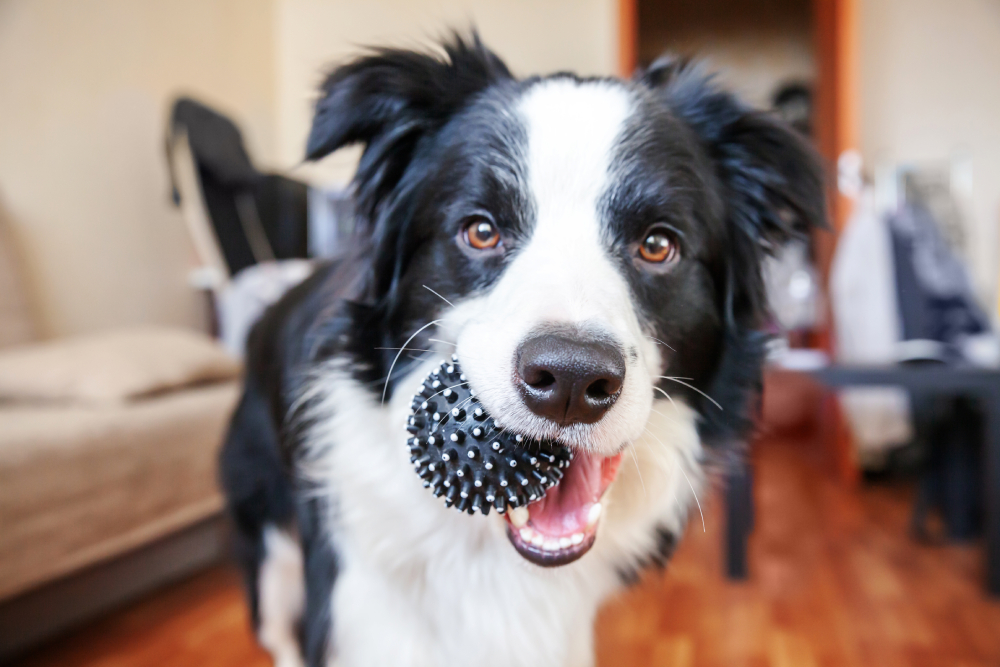
- Nylon
Nylon is a rigid material, so it tends to be fairly durable, as well. Be careful with nylon, though; some nylon is harder than others, and for the exceptionally hard ones, there could be a risk of damage to a dog’s teeth. A toy like the Nylabone Power Chew Knuckle Bone Big Dog Chew Toy will hold up for a long time!
- Rope
Rope is also durable, though, as we said previously, if your dog is an aggressive chewer, rope might not be the best option. Thick rope, in particular, will last for a long time, even if a dog is fond of destroying everything they get their paws on. Another great thing about rope toys is the ease of cleaning them; you can simply throw them in the wash, and you’re good! Something like the Penn-Plax 3 Knot Tough Dog Rope Toy should delight and last a long while.
- Kevlar
Kevlar is not commonly used in dog toys but can be found in a few. As you can guess, it is one of the most durable materials found in toys. After all, this is the same material used in items such as bulletproof vests! Bite Force makes dog toys that are reinforced with Kevlar to make them last longer.
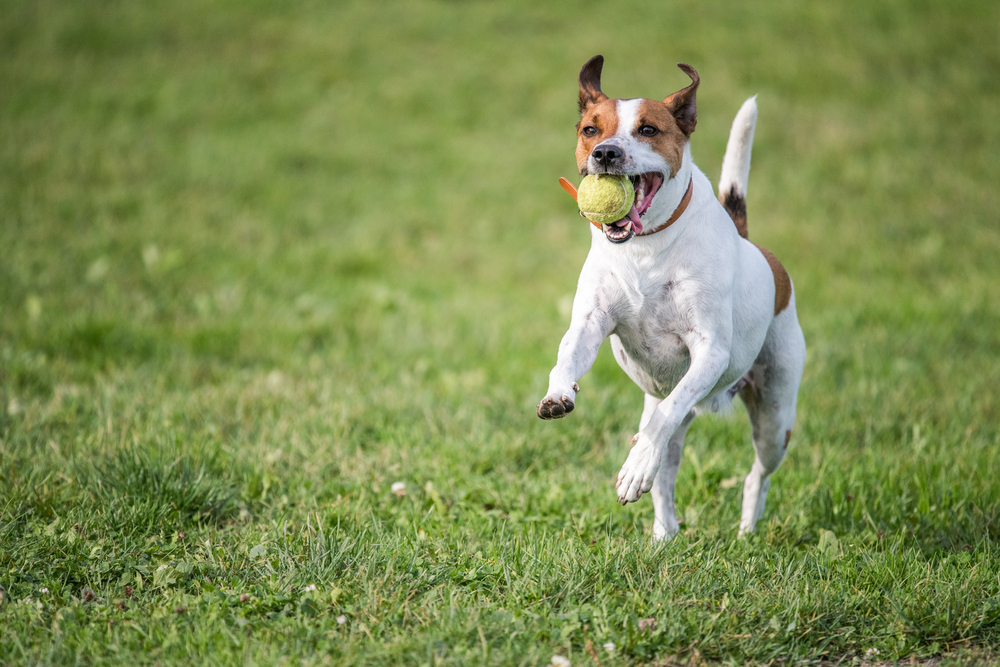
3. Lifetime Guarantee
There may not be a ton of brands that do this, but some dog toy brands offer a lifetime toy replacement guarantee. So, if you’re looking for something durable but want to rest assured you won’t have to shell out a lot more money to replace a toy if your pup does destroy it quickly, check to see if the brand you’re considering has a guarantee. Guarantees may not apply to a brand’s every toy, though, so check that as well. A couple of the brands that have this sort of guarantee are Goughnuts and RuffDawg.
4. Size and Shape
Size matters when it comes to dog toys, as does shape. Why are these important? You need a toy that is the right size for your dog to play with to help ensure your pup’s safety (and to ensure the toy’s longevity). A large breed dog shouldn’t play with a ball that’s so small they can swallow it or choke on it. A small breed dog shouldn’t have a ball that’s so large they can’t carry it around. And the shape of a toy should be comfortable for your pet to chew, carry, and hold. Making sure your dog is getting a toy suited to them will help the toy last its longest and keep them safe. The good news is that many toys, like the Ruff Dawg Indestructible Ball Tough Dog Chew Toy, will come in multiple sizes, so you can get the best fit for your pup.
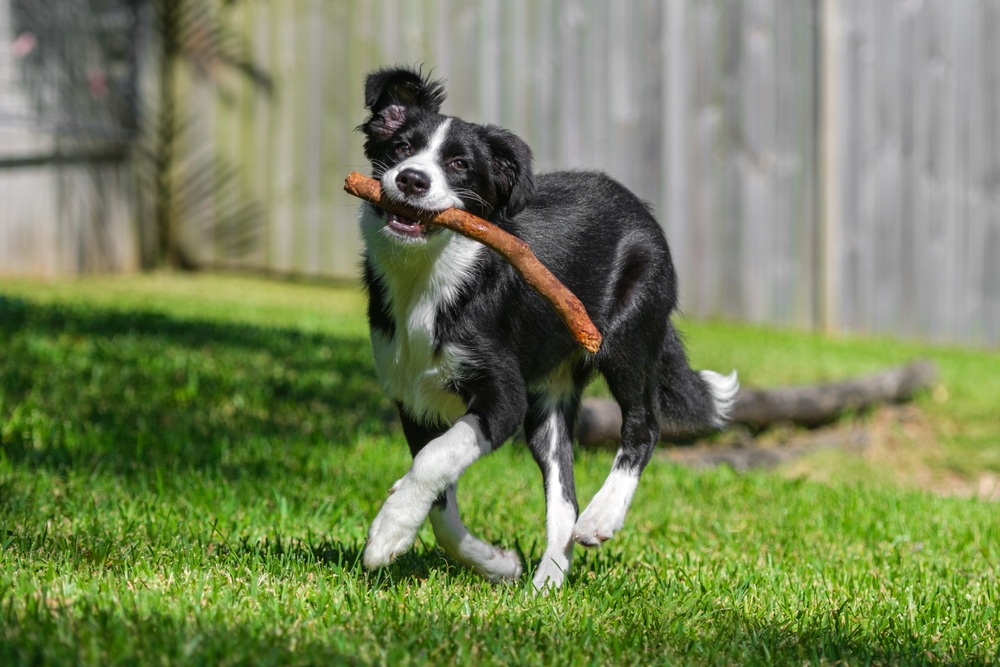
5. Texture
You want toys to be not only durable but to keep your dog’s attention for longer. Getting a texture your dog enjoys is a key aspect of ensuring they’ll engage with the toy instead of using it once and never going back. Some canines like smoother surfaces, like what’s found with the Ruff Dawg Dalinkwg-Cube Dog Toy. Others may prefer a toy that includes ridges, knobs, or other interesting textures, such as the SodaPup Nylon Honey Bone Dental Tower Chew Dog Toy.

Conclusion
Finding a durable dog toy for a canine who is an aggressive chewer or highly destructive can be a challenge. But if you factor in the important considerations above, you should have an easier time of it. The type of toy your dog enjoys playing with, the materials used in the toy and ensuring the size and shape are suitable for your pooch are the most important things to consider, but whether that toy has any kind of guarantee, as well as its texture, should also be factored in. Soon enough, you should find a toy your dog loves but can’t destroy in moments, making everyone happier!
Featured Image Credit: Masarik, Shutterstock

